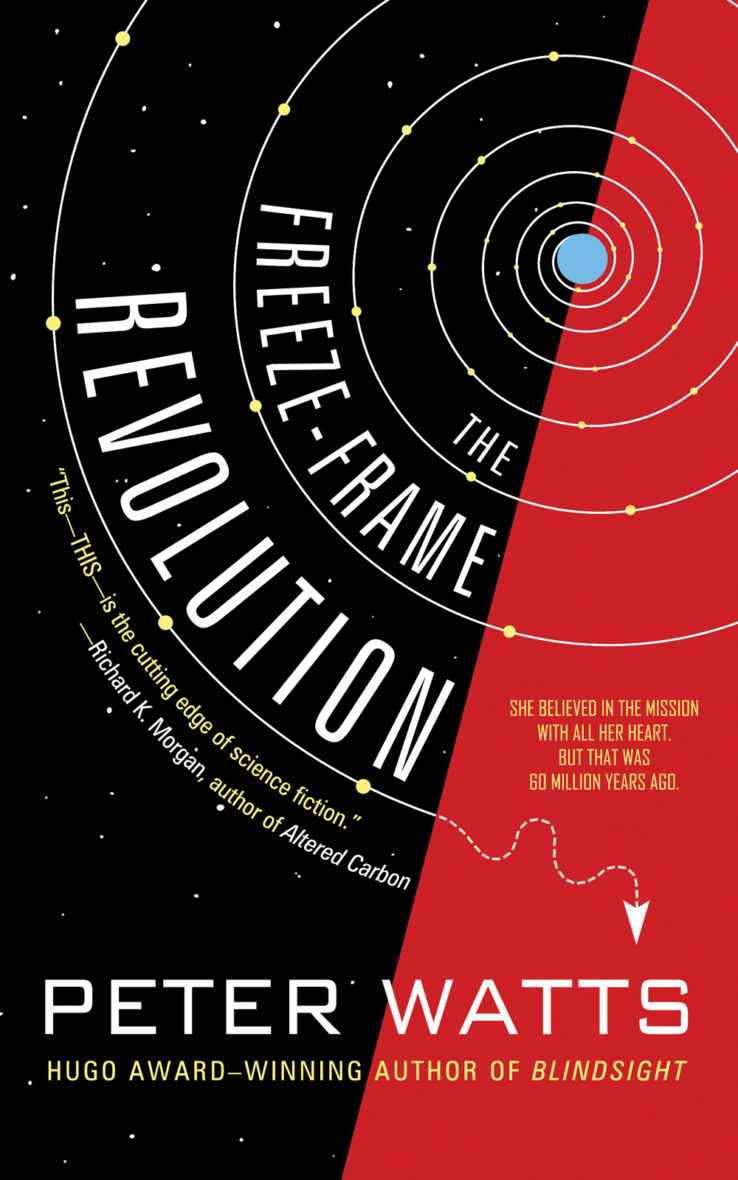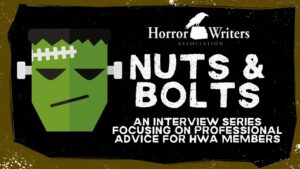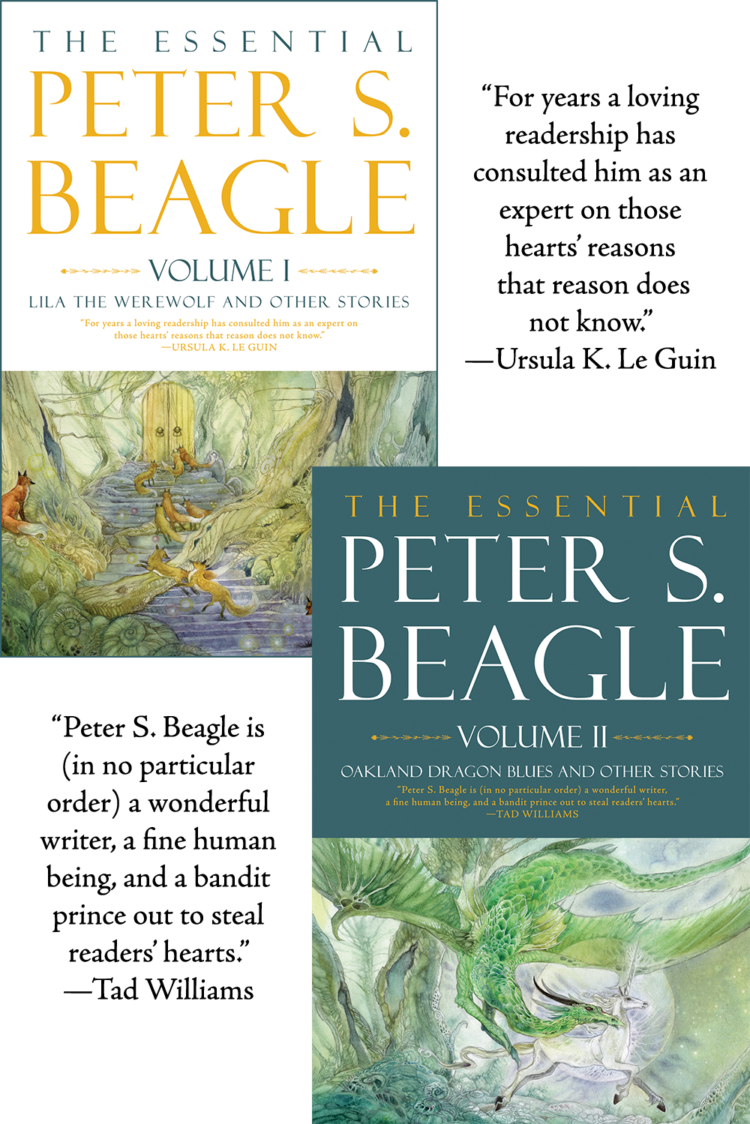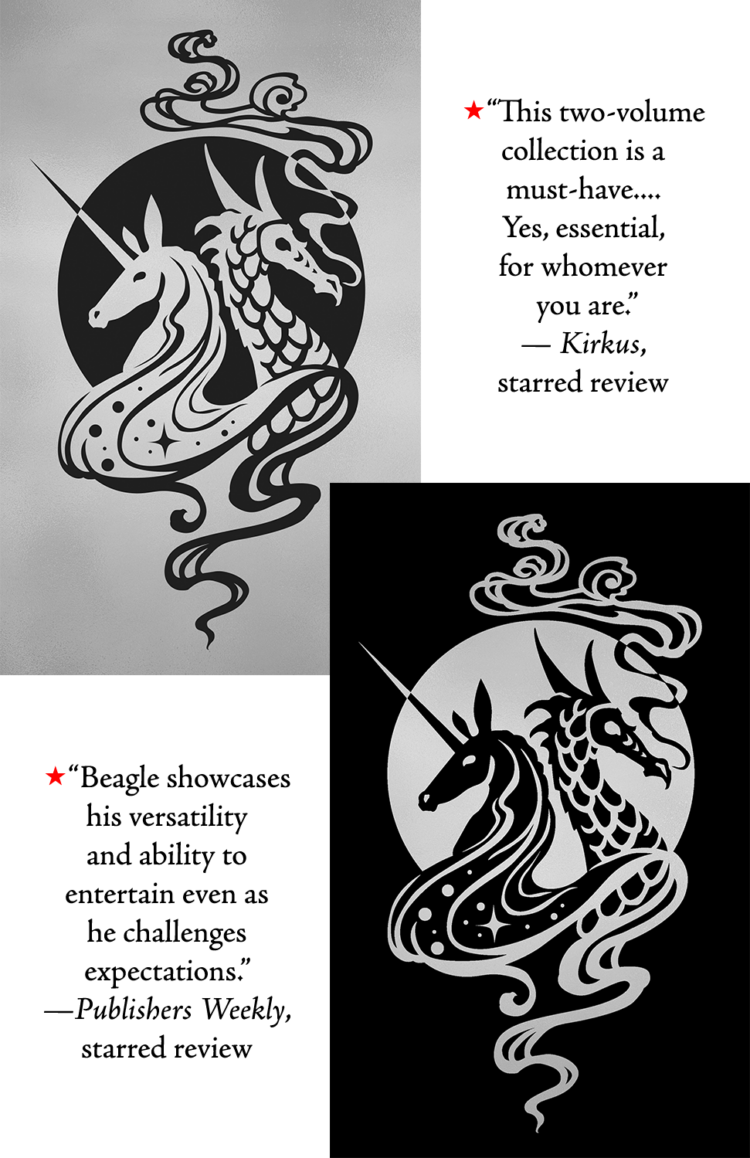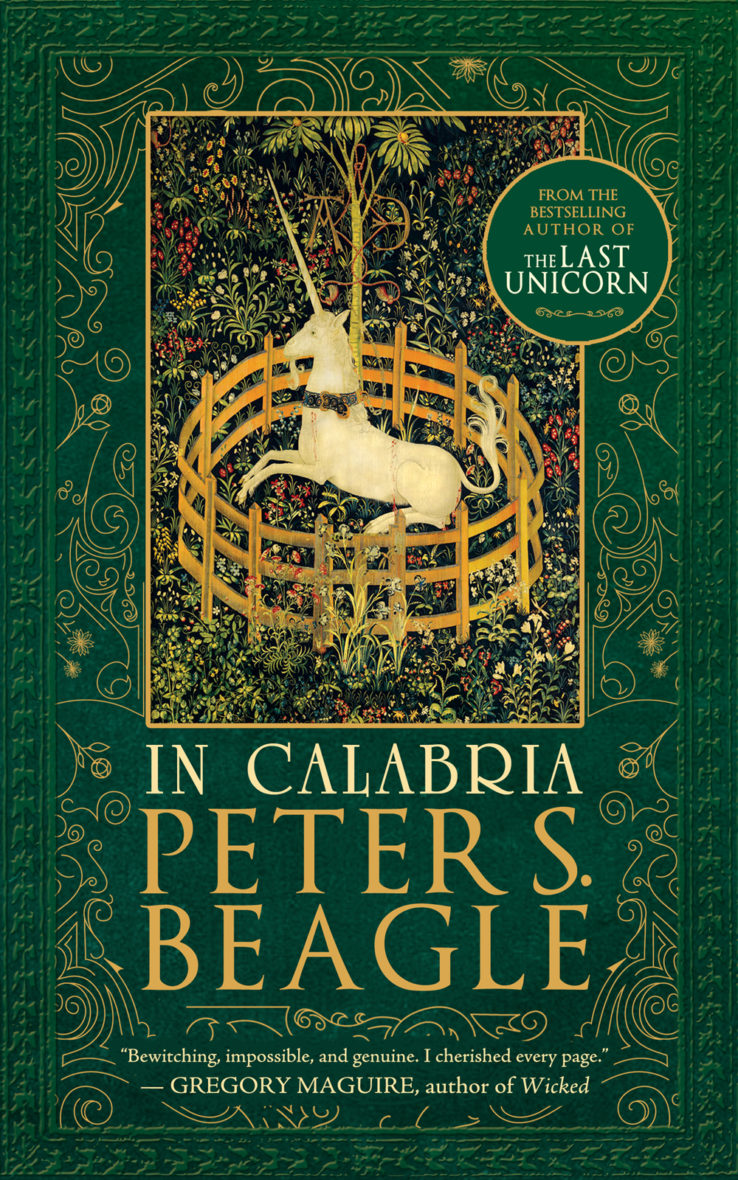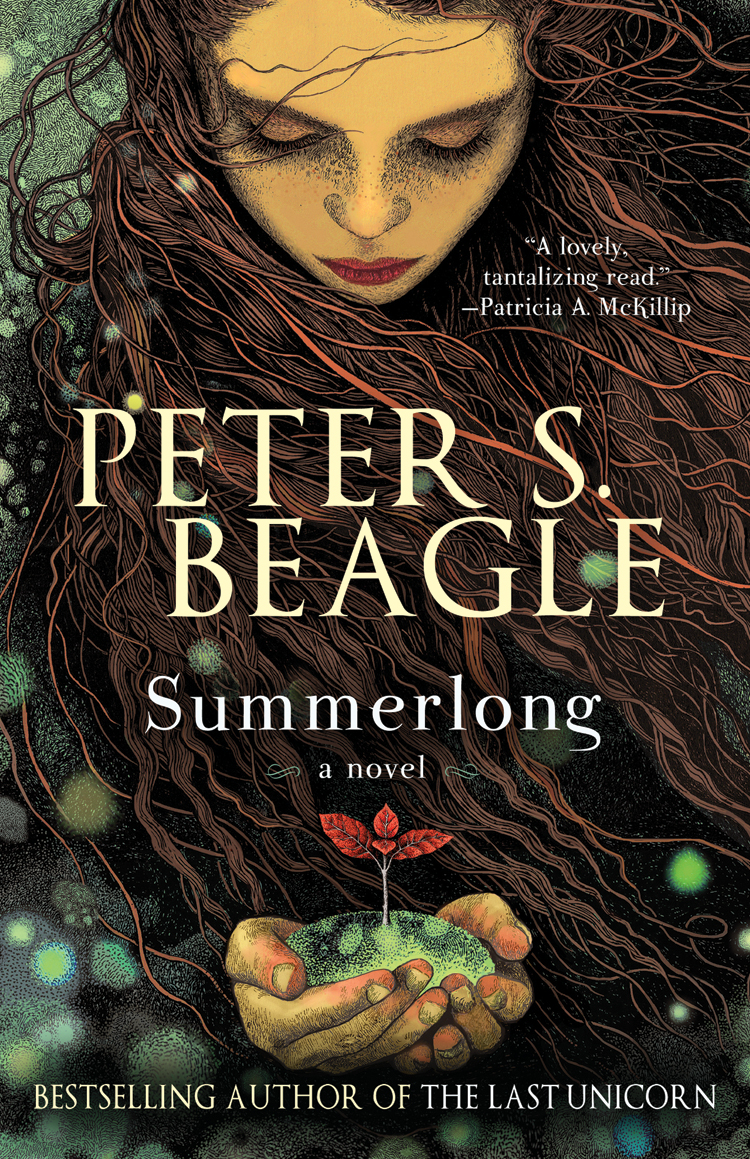Tachyon tidbits featuring Jane Yolen, R. B. Lemberg, Peter Watts, and Joe R. Lansdale
The latest reviews and mentions of Tachyon titles and authors from around the web

Photo by Heidi Stemple

Photo by Bogi Takács


Photo by Karen Lansdale
Nonstop Reader loves Jane Yolen’s THE SCARLET CIRCUS.
The collection also includes an erudite and interesting introduction by Brandon Sanderson, which is worth a look.
A worthwhile collection for Yolen fans, readers of fantasy and speculative fiction, and folks who just appreciate well written prose. She’s a master writer with a prodigious oeuvre and these are some of her best.
Five stars. Just gorgeous.
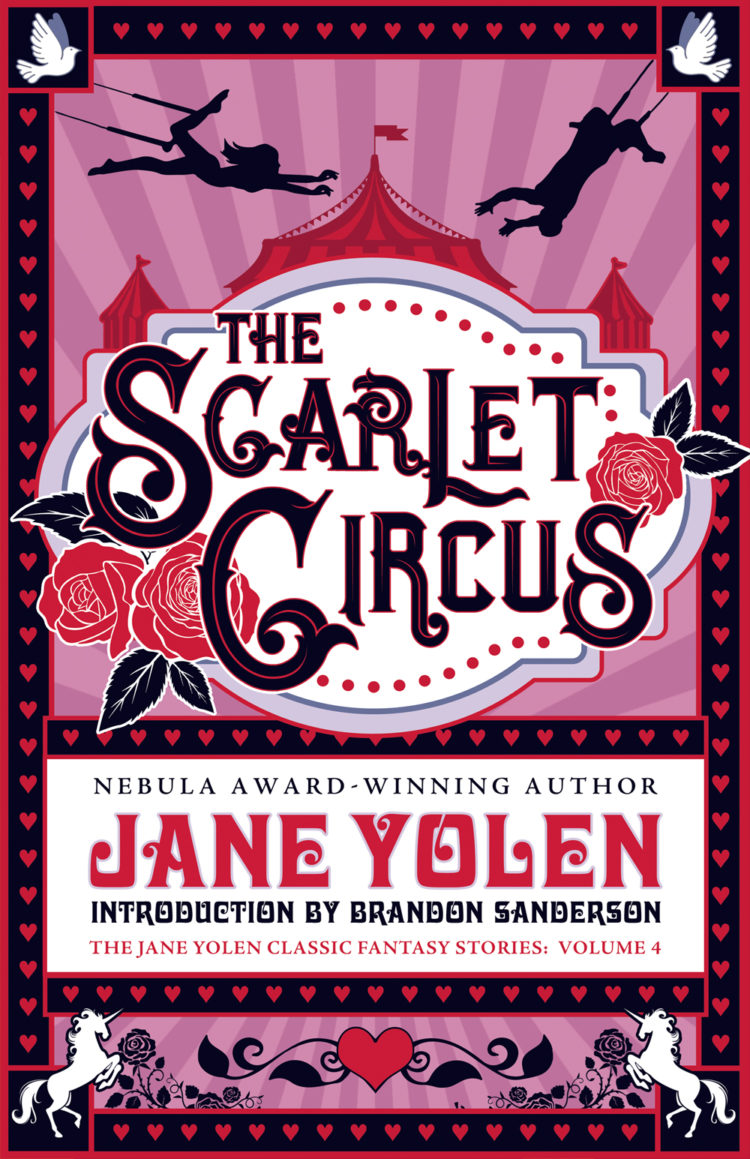
Eddison Monroe in their RT Book Reviews piece “Discover the Best Gay Audiobooks” praises the audio version of R. B. Lemberg’s Nebula Award-nominated THE FOUR PROFOUND WEAVES.
Meanwhile, in THE FOUR PROFOUND WEAVES by R.B. Lemberg, talented narrator Paul Boehmer transports listeners to a richly imagined world of magic and transformation, in a story that explores gender identity and the power of storytelling.
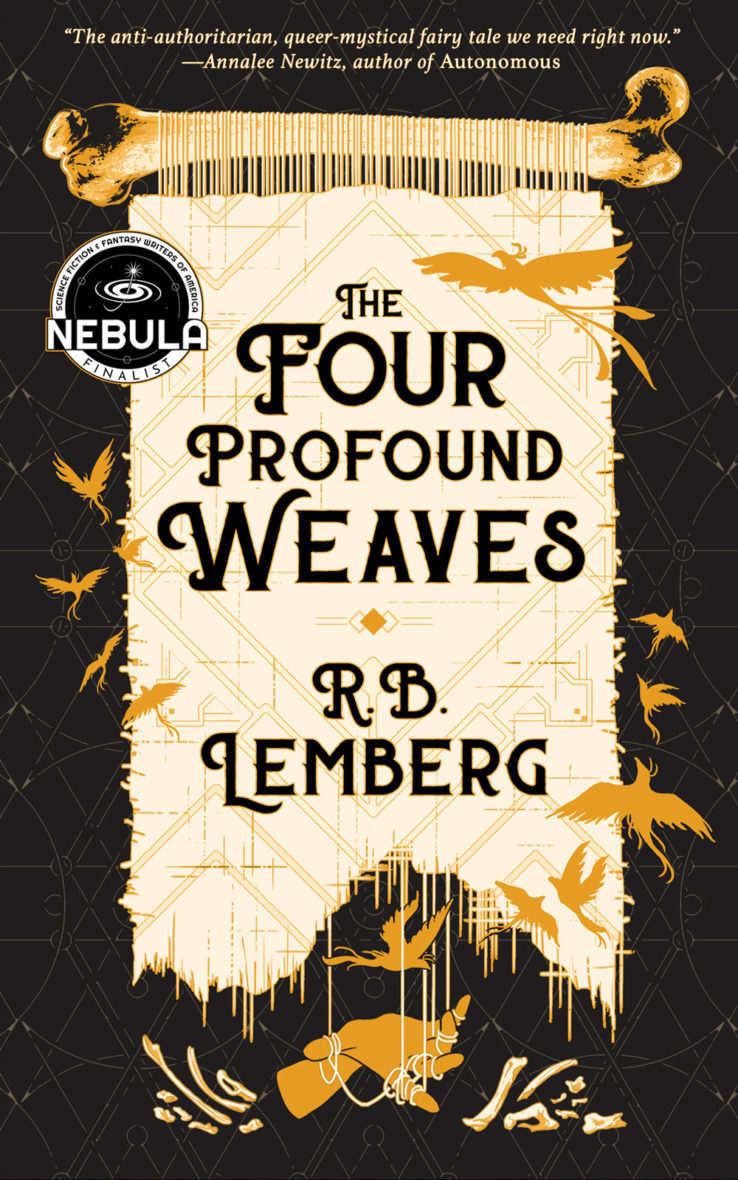
In an unexpected mention, Peter Watt’s THE FREEZE-FRAME REVOLUTION was the response given when Bonnie D. Graham asked ChatGPT “What horror fiction includes AI characters?”
We asked ChstGPT: What horror fiction includes AI characters? ChatGPT gave these examples: – THE FREEZE-FRAME REVOLUTION by Peter Watts – “Robopocalypse” by Daniwel H. Wilson – “The Matrix Trilogy” by William Gibson
At File 770 as part of the Pixel Scroll, Cat Eldridge shares the beginning of THE FREEZE-FRAME REVOLUTION.
And now for a most interesting Beginning….
BACK WHEN WE FIRST SHIPPED OUT I played this game with myself. Every time I thawed, I’d tally up the length of our journey so far; then check to see when we’d be if Eriophora were a time machine, if we’d been moving back through history instead of out through the cosmos. Oh look: all the way back to the Industrial Revolution in the time it took us to reach our first build. Two builds took us to the Golden Age of Islam, seven to the Shang Dynasty.
A part of the HWA Nuts & Bolts series, Tom Joyce interviews Joe R. Lansdale about writing.
On writing action sequences and fight scenes:
“I’m not proud of it,” Joe R. Lansdale said in a recent phone interview, “but I’ve been in a lot of fights. You start to learn what’s real and what isn’t.”
He draws on his background as a martial artist, bouncer, and bodyguard from a rough part of East Texas when writing his fight scenes. Most real fights are over fast, he said, and it’s possible to reflect that in your writing while still giving them impact.
“I always think less is more,” he said. “To make it seem like you’ve given a lot of description, but you haven’t. You’ve chosen the right words. You have to write like a cinematographer. I’ve always found that the greatest thing outside experience is stopping and thinking about it from an observational standpoint. The more you do it, the more you’re able to envision that action sequence.”
For action sequences, he recommends short sentences and paragraphs. Another way of injecting a sense of immediacy is to give it a stream-of-consciousness structure, as in: “I spin and dodge his fist, then hit him with …”
“Some people will say that’s a run-on sentence,” he said. “It isn’t, if it’s done right.”

